Get the weekly SPARTANAT newsletter.
Your bonus: the free E-Book from SPARTANAT.
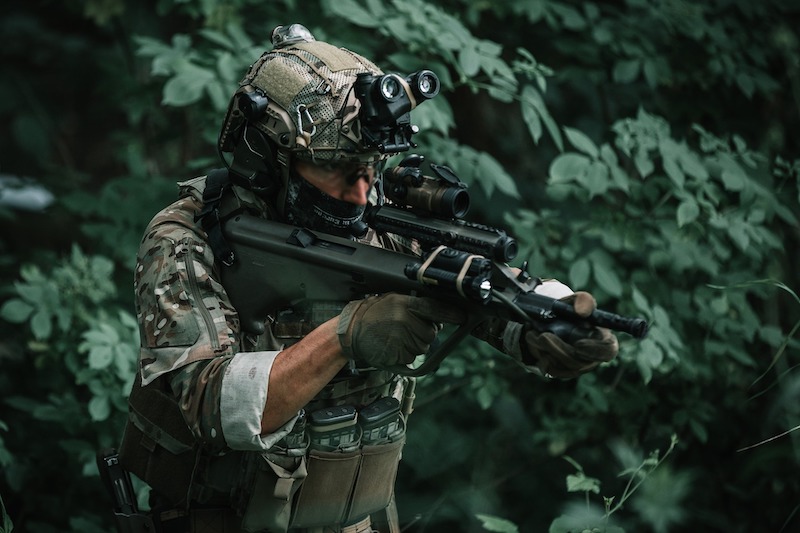
REVIEW: Rheinmetall LLM VarioRay
The German Bundeswehr is procuring the LLM VarioRay, a laser light module used with night vision equipment, from Rheinmetall. This device combines visible light, lasers, infrared lasers, and illuminators in a lightweight package.
Laser light modules (LLM) are known from the American armed forces. Especially when used together with night vision equipment, they are an essential tool for "working" at night. The German Bundeswehr is now procuring the LLM VarioRay in the latest version, the device from Rheinmetall is also in use in Austria with the Jagdkommando (see main image above).
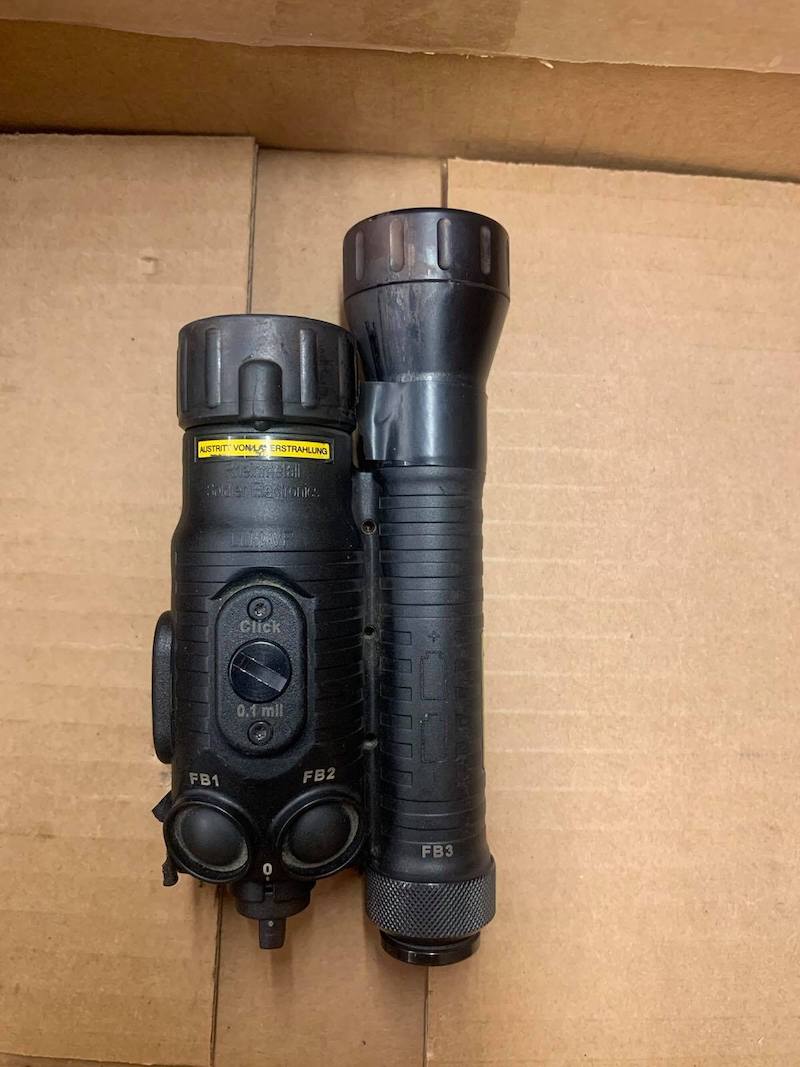
Here is the LLM VarioRay in all its glory. What do you get in this bundle? Basically visible light and lasers as well as infrared lasers and illuminators. To put it internationally: a PEQ15 with an integrated flashlight. The weight of only 275 g for the whole combo is very comfortable.

The front side of the LLM VarioRay, the working side so to speak. Here, electromagnetic radiation in different wavelengths leaves the device. There are different lamp heads available, but one thing is the same for all of them, they are not particularly bright.
As you can see from the official data sheet, the maximum luminous flux is 650 lumens. Every China LED lamp now has around 1,000 lumens. Unfortunately, there is no information on the luminous intensity in candelas, which would have been interesting. The three lasers are all held coaxially, so they are all adjusted simultaneously.
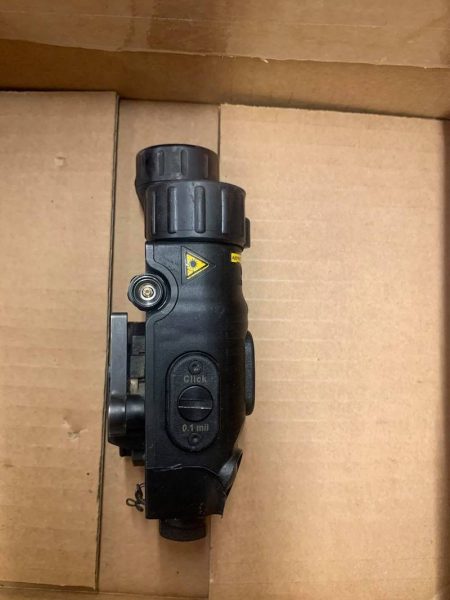
The side view of the LLM VarioRay. The overall height with mounting is relatively high, so the light-laser module always protrudes quite far from the weapon, to be precise 4.5 cm from the top of the rail. In total, the LLM VarioRay measures 14 x 7 x 5 cm. In the front area, there is a socket for the cable switch.
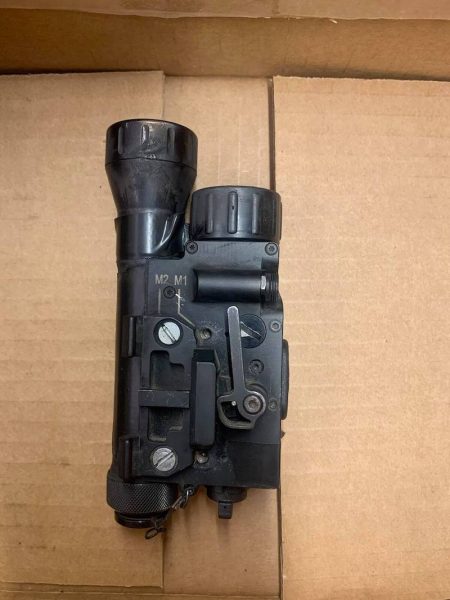
The mounting of the LLM VarioRay looks very solid, and there are no negative reports from the troops. The tape around the lamp neck is not there by chance. The breaking point of the LLM VarioRay is the lamp head, which can easily get caught on things. The smarter one generally gives in, so the lamp head is probably very bright.
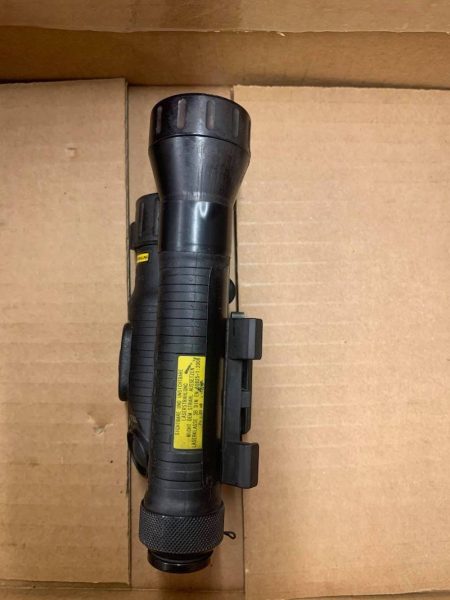
The lamp side of the LLM VarioRay. Nothing special on this side, except for the warning sticker. The lasers are, by the way, Class 3B lasers, so it's better not to shine them in anyone's eyes.
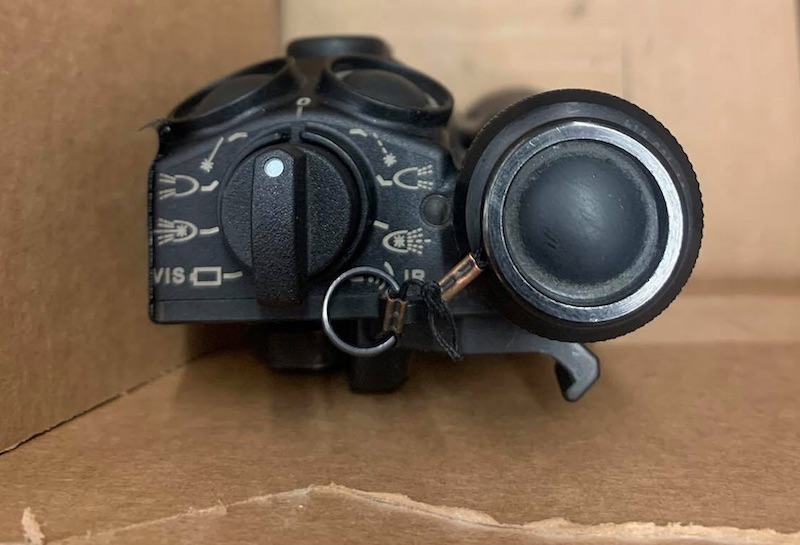
On the back side are the selector switch and a total of three push buttons, all doing the same thing. The number of buttons is also criticized by the troops, as more buttons mean a higher likelihood of accidentally activating the LLM VarioRay. The LLM is powered by two CR123A batteries, but it can also use two AA batteries in an emergency.
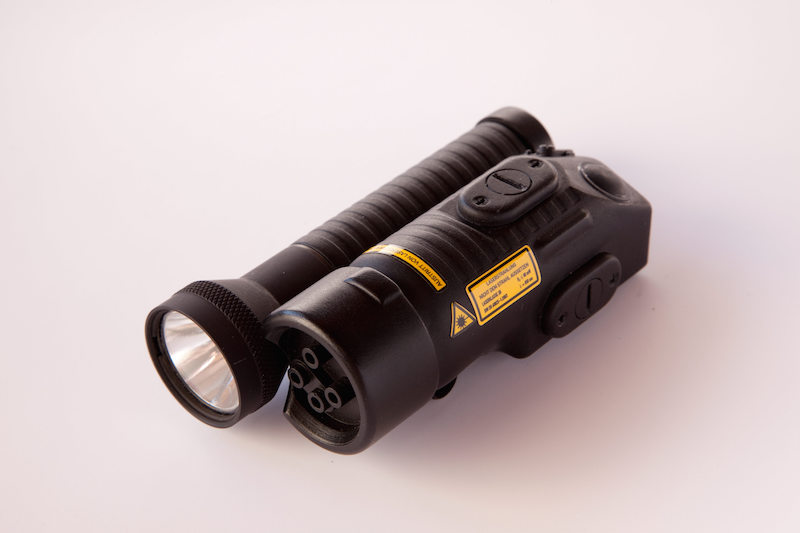
The runtime is specified as 7 hours in the datasheet, but only for the IR laser and IR illuminator. According to user reports, the actual runtime is much shorter when using the white light as well. Another point of criticism is that the IR illuminator in the version tested here is perceived to be rather weak and the adjustment tends to shift quite quickly, which is suboptimal for a target laser.
CONCLUSION: The LLM VarioRay is the answer to the American AN/PEQ-15 combined with a SureFire lamp. However, it seems that there is still room for improvement with the device. Overall, we find the concept very intriguing. The idea of adjusting all lasers at once is very good. If the housing shape is more streamlined and the lamp head is more securely attached, the LLM VarioRay could be the best of its kind. In its current form, it does what it is supposed to do, and it does it well.
The Rheinmetall LLM VarioRay is only available for authorities.
HERE is the article about the procurement of the LLM VarioRay for the Bundeswehr.
RHEINMETALL online
SPARTANAT is the online magazine for Military News, Tactical Life, Gear & Reviews.
Send us your news: [email protected]
Ad
similar
Get the weekly SPARTANAT newsletter.
Your bonus: the free E-Book from SPARTANAT.


